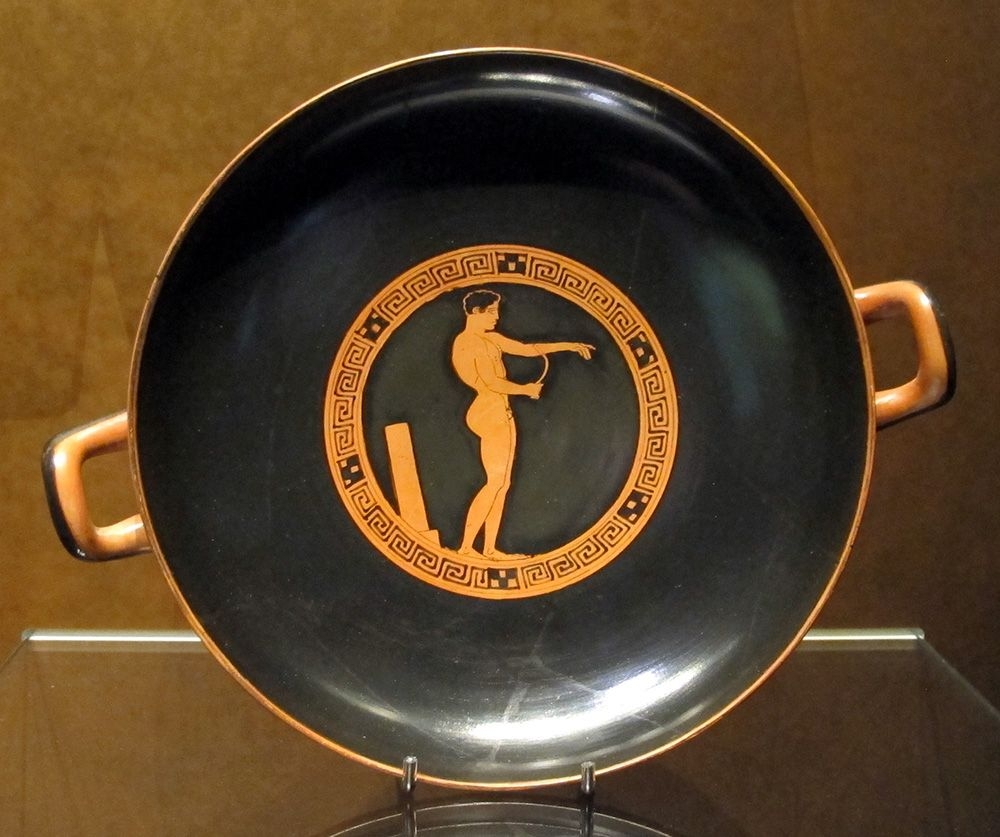How to deep clean your pores without overdrying or traumatising your skin? That is no easy task. Despite the abundance of cleansing products that the market has to offer in the form of gels, foams, gommages, peels and scrabs, you may never see the desired effect.
There is, however, no need to despair as oil cleansing can offer you exactly the results you are after. While this is now a widely accepted method, it is worth reiterating the oils’ cleansing abilities, which have served our ancestors in traditional use for millennia.
Like attracts like
It is a fact that oil effectively removes dust and other oil particles that may have accumulated on your face throughout the day. It is also able to remove even the most stubborn makeup and SPF products. At the same time, it acts to normalise sebum production and reduce inflammation, which leads to breakouts. In addition, oils create a natural occlusive layer, which protects the skin from dehydration and hence keeps it well moisturised.
It is no wonder then that oil cleansing has been so good at standing the test of time. It is a must in our founder Tatiana Korsakova’s evening beauty routine. Why is this method so effective? To put it simply, using another non-polar solvent such as oil is the best way to get rid of excess sebum. This basic chemical concept was already known to ancient Greeks, for whom hygiene was of paramount importance.
Some ancient history
The existence of the oil cleansing method in ancient Greece is known to us from the records outlining their bathing rituals in thermal springs. It was during the process of steaming that a mixture of olive oil and ash was applied generously to the skin. It was then removed using a special tool called strigil, a curved scraper made of iron or bronze. This was an equally popular cleansing method among athletes who applied olive oil prior to exercising and then removed it along with a layer of sand and dust using a strigil. The procedure typically left their bodies clean and well looked after.
The approach of the Greek athletes was, however, considered impractical by ancient Romans, who used strigils exclusively in spa settings. Once olive oil was rubbed into the skin, Romans would then proceed through a series of hot and chilled chambers. Strigil was used at the very end of the treatment to remove both oil and sweat. The tool was popular across the all stratums of society, from the plebs to the senators and emperors themselves.
Modern oil cleansing methods
1/ Hydrophilic cleansing oils
The oil cleansing method got a second wave of fame in the 21st century. It can be largely attributed to the growing trend for Korean cosmetics, associated with popularising such new beauty innovations as BB creams and snail extract patches, but also such an effective new makeup removing product as hydrophilic oil. Its cult status quickly grew with fans of Asian beauty products and double cleansing.
The oil contains a surfactant emulsifier, meaning that it can bind the molecules of oil and water. Due to these qualities, it has the ability to successfully remove dirt from the surface of the skin without leaving a greasy residue. Hydrophilic oil retains the cleansing qualities of other oils but is easier to rinse, saving time and providing a quality treatment.
Our top picks
2/ Leave-in oils
Leave-in cleansing oils are, however, just as effective. When used correctly, they help tackle excessive sebum production, dryness and blackheads. While hydrophilic oils are usually washed off with water, pure oils require a towel or a tissue. It is not for everyone, but - if you do not mind the mess - it might be the best method for you.
Make note of our step-by-step guide:
- Apply the product to your dry face.
- Massage for 1-2 minutes.
- Remove the oil using a warm damp towel by pressing it to your face for several seconds at a time until the towel cools down.
- Wipe down any excess oil.
The results are bound to be incredible from the get-go, with many women ditching their usual routine in favour of this oil method.

